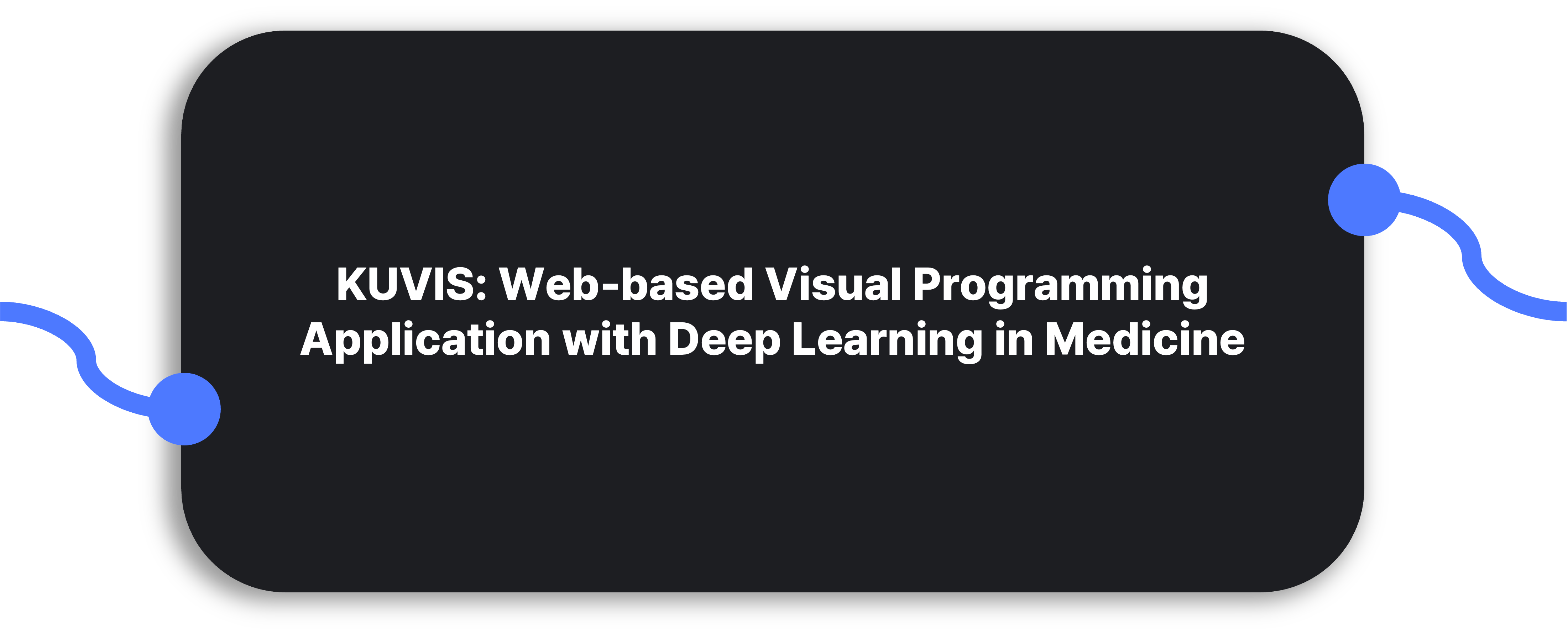
Abstract
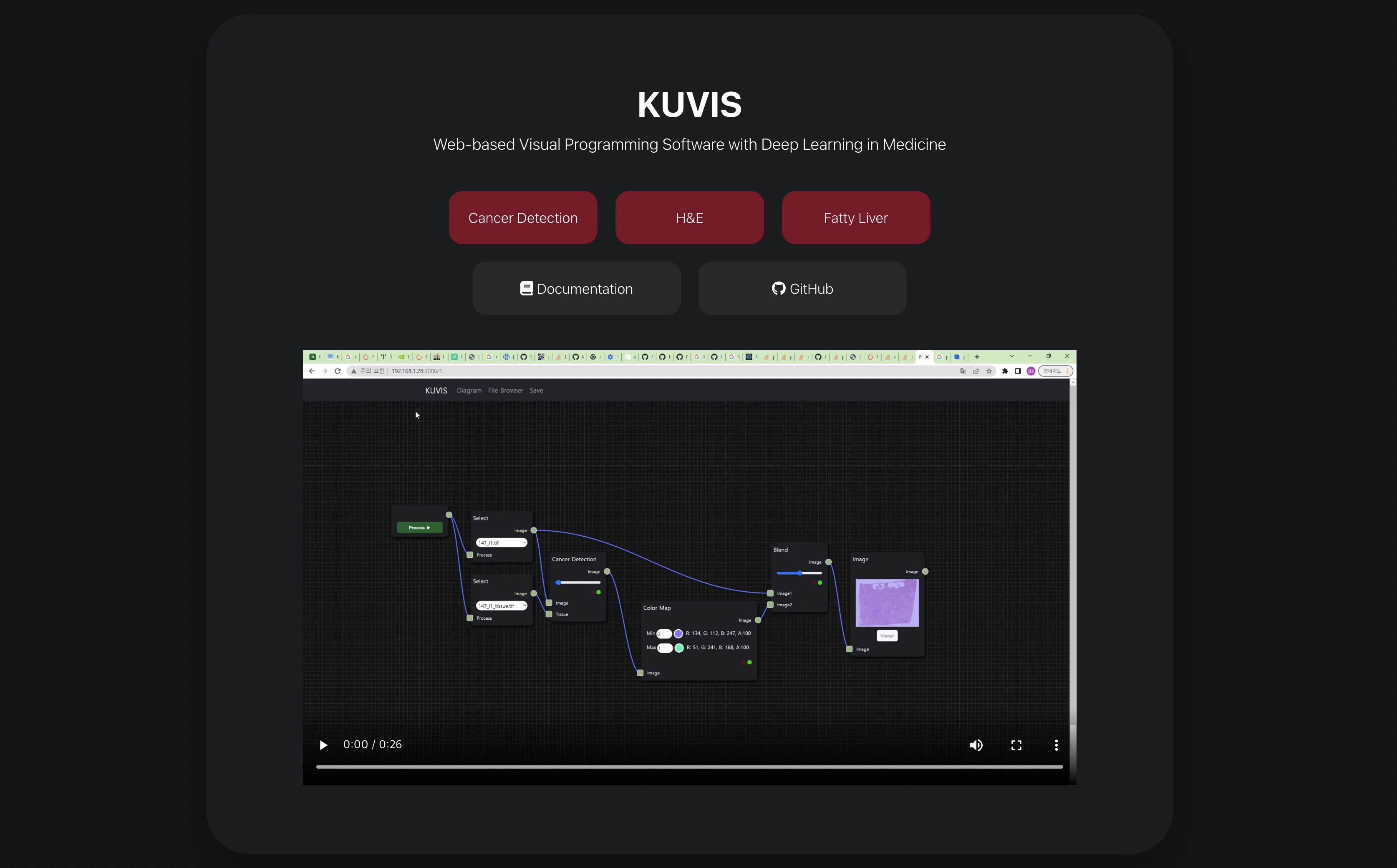
In the evolving trend of artificial intelligence and deep learning, tools that simplify the modeling process are in high demand. This project delves into the creation of a pioneering web application designed to enable AI modeling through visual programming. By harnessing the power of cloud technology, this application provides users with universal access and adaptability, establishing a new paradigm in AI model design.
Introduction
The world of AI modeling has often been constrained by the intricacies of code-based design. To bridge this gap, the project has an goal of developing a web application that enables visual programming, allowing even those unfamiliar with traditional coding to design complex AI models.
Method
At the heart of the project was the ambition to redefine AI modeling. Fundamental data structures were crafted and a baseline structure for the application was architected. The prime focus was to provide an interface where users could visually draft workflows, thus democratizing the AI modeling process and making it more accessible to a broader audience.
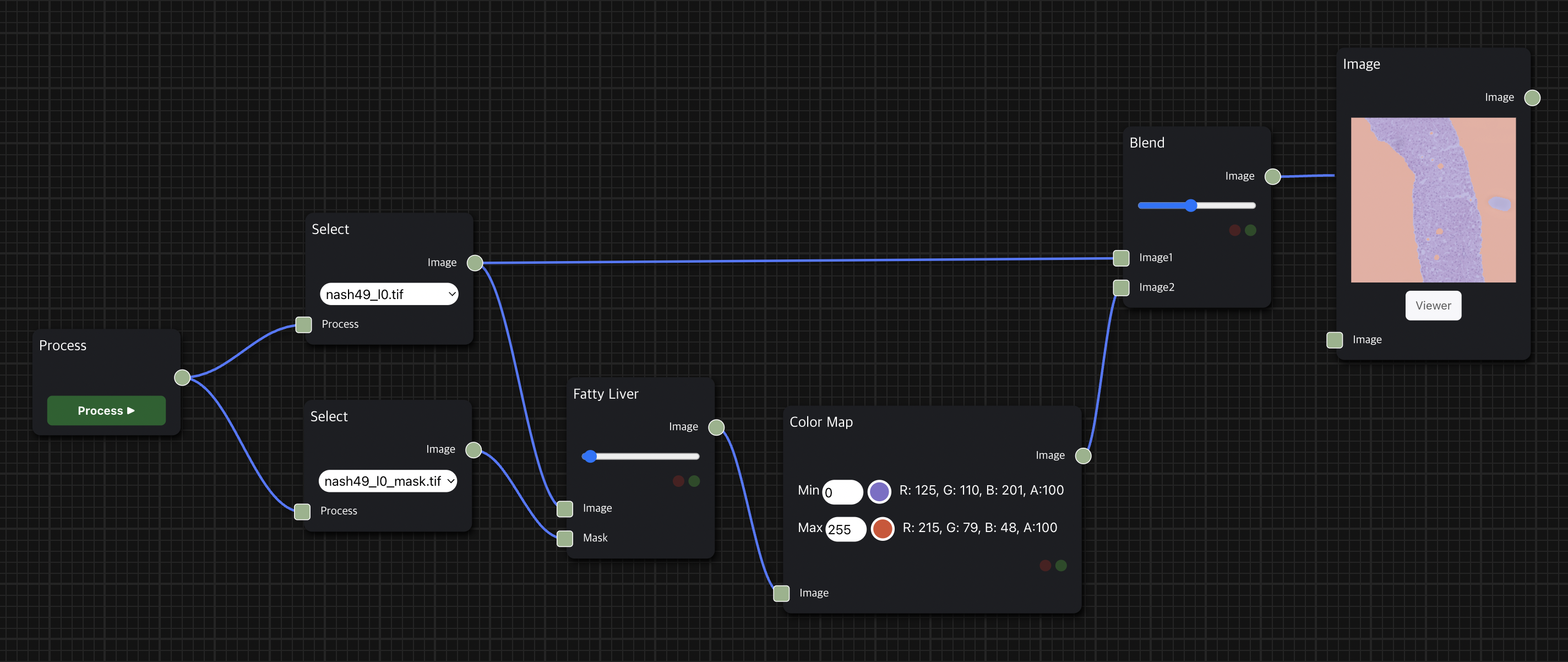
One of the distinctive features of the project was allowing users to design DAG (Directed Acyclic Graph) workflows visually, presenting them as diagrams. This approach not only makes AI modeling accessible to non-experts but also offers professionals a more intuitive and efficient way to visualize and manage their workflows. Instead of delving into lines of code, users can easily comprehend and manipulate workflows through visual diagrams, reinforcing the project’s commitment to user-centric design.
Hierarchical Data Structure
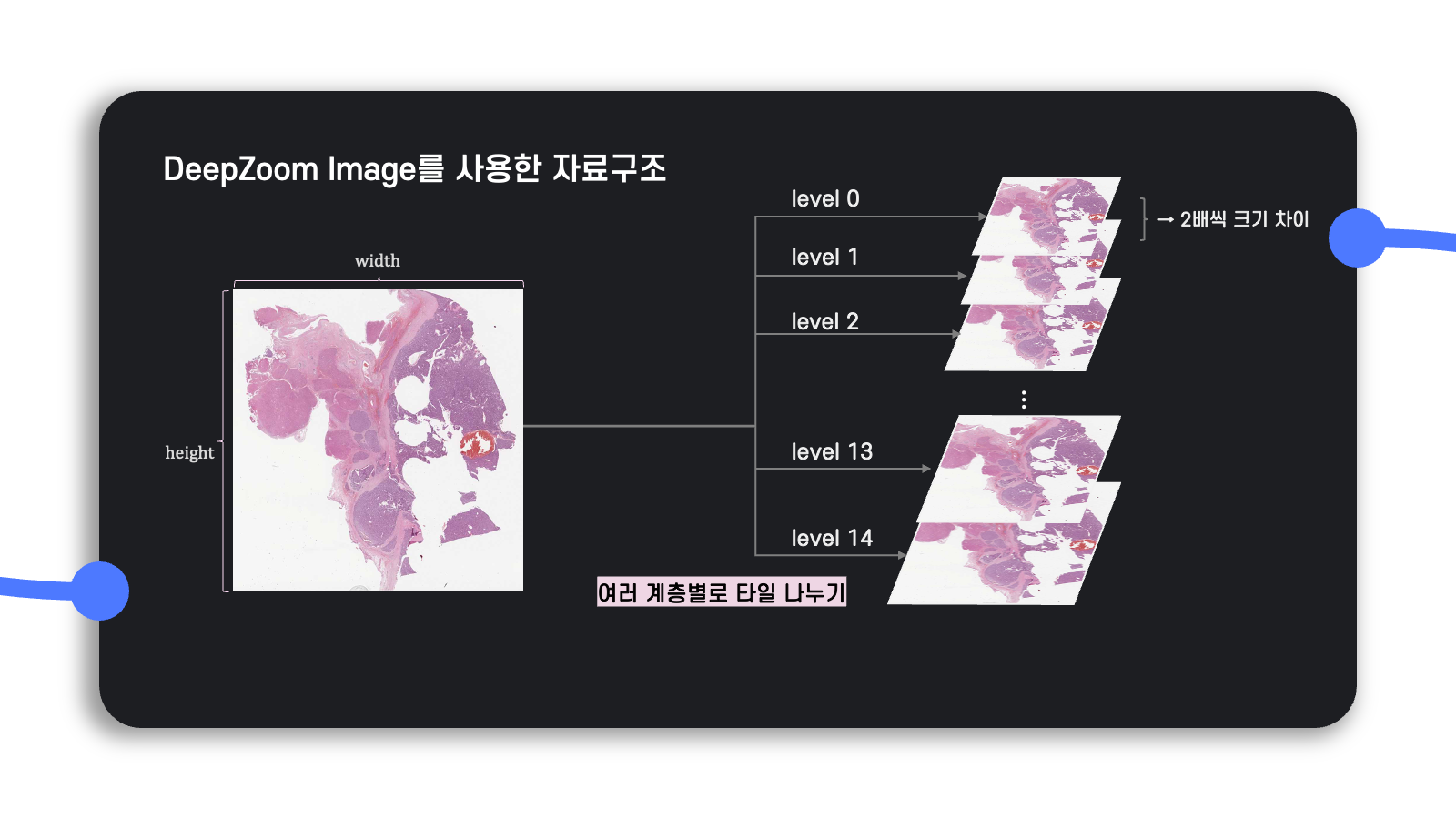
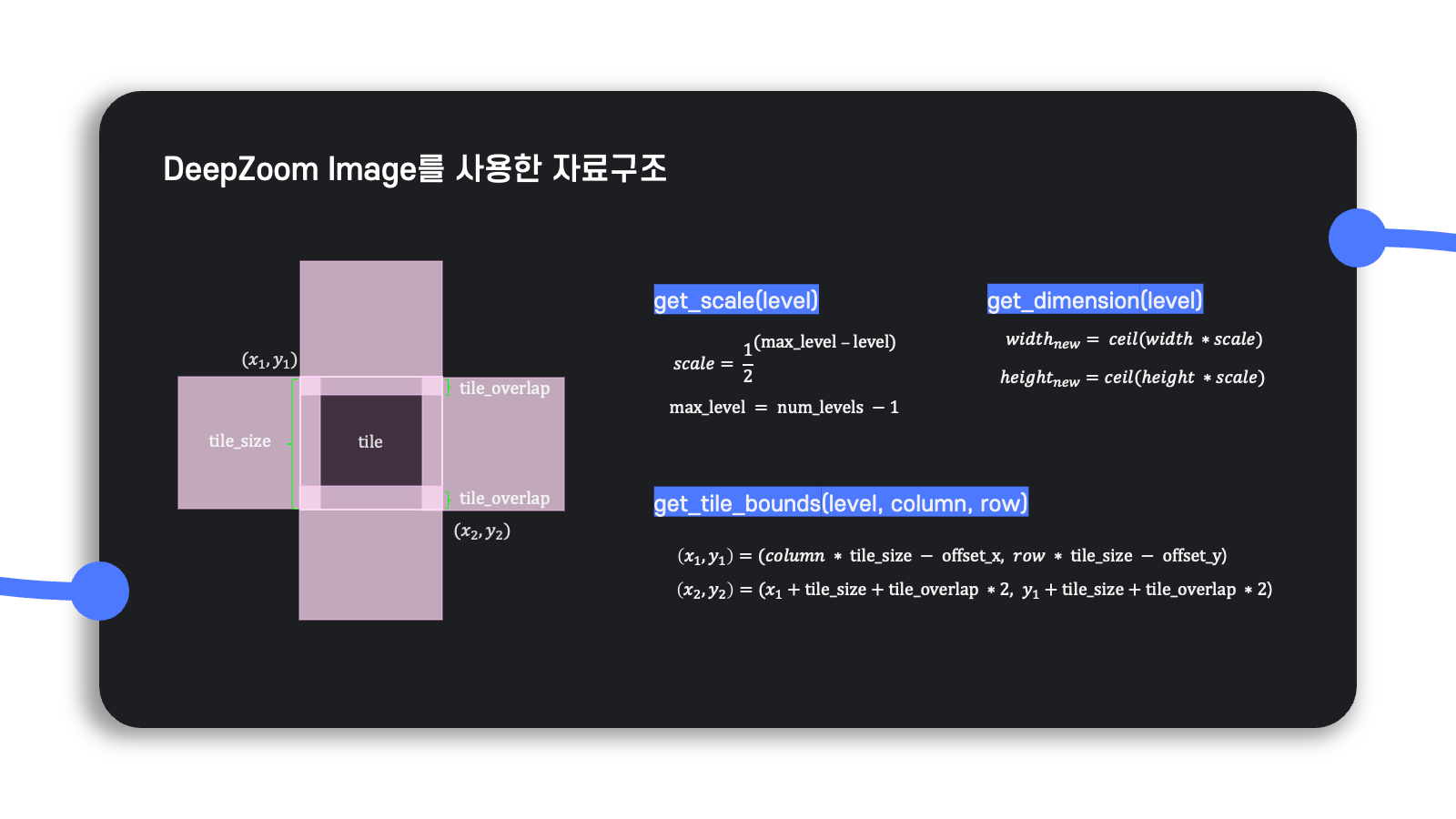
To achieve a seamless representation, a unique approach was adopted where the hierarchy was divided based on powers of two. Each level in the hierarchy represented a specific depth, with each subsequent level being a multiple of two from the previous one. This method allowed for a consistent and logical division of the AI components and workflows, providing users with a clear and intuitive structure for modeling.
By leveraging this hierarchical structure, the system could effortlessly map visual elements to their corresponding functional components, ensuring that the visual representation was always in sync with the underlying logic.
This architecture played a pivotal role in ensuring that the application could handle complex AI workflows, with multiple layers of abstraction, while still providing users with a straightforward and intuitive interface.
Features & Implementation
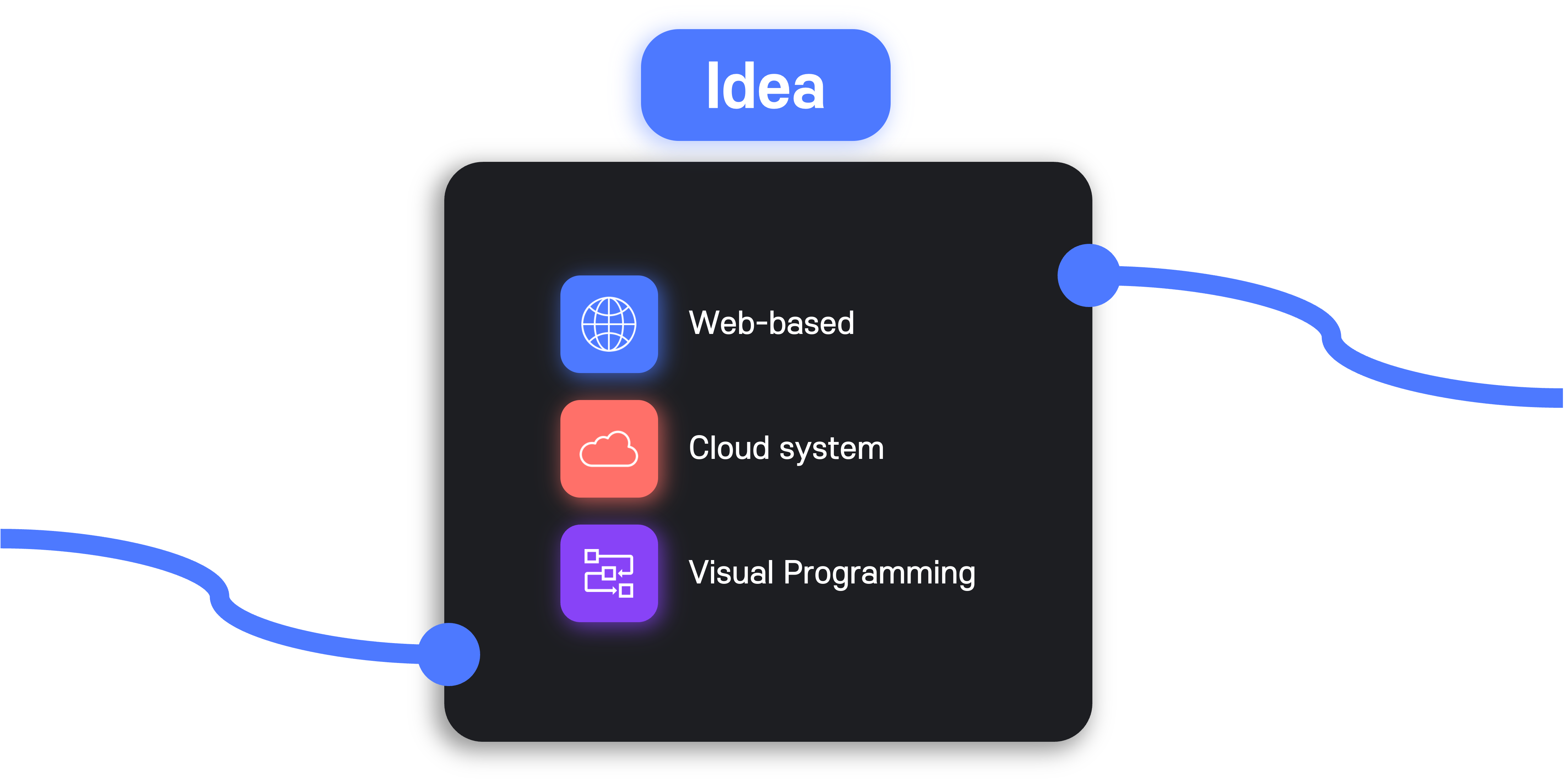
The application stands out with its three core features:
- Universal Accessibility: Built as a web-based tool, users can access and utilize the service from any location with internet connectivity.
- Cloud Integration: Ensuring that user projects are not bound by device constraints, the cloud foundation allows for project reviews and modifications from any location.
- Visual Programming Support: Bypassing the need for traditional coding, users can design intricate workflows with a visual interface, making the modeling process intuitive.
The integration of these features was underpinned by a robust backend infrastructure, ensuring seamless user experience and real-time processing capabilities.
Results
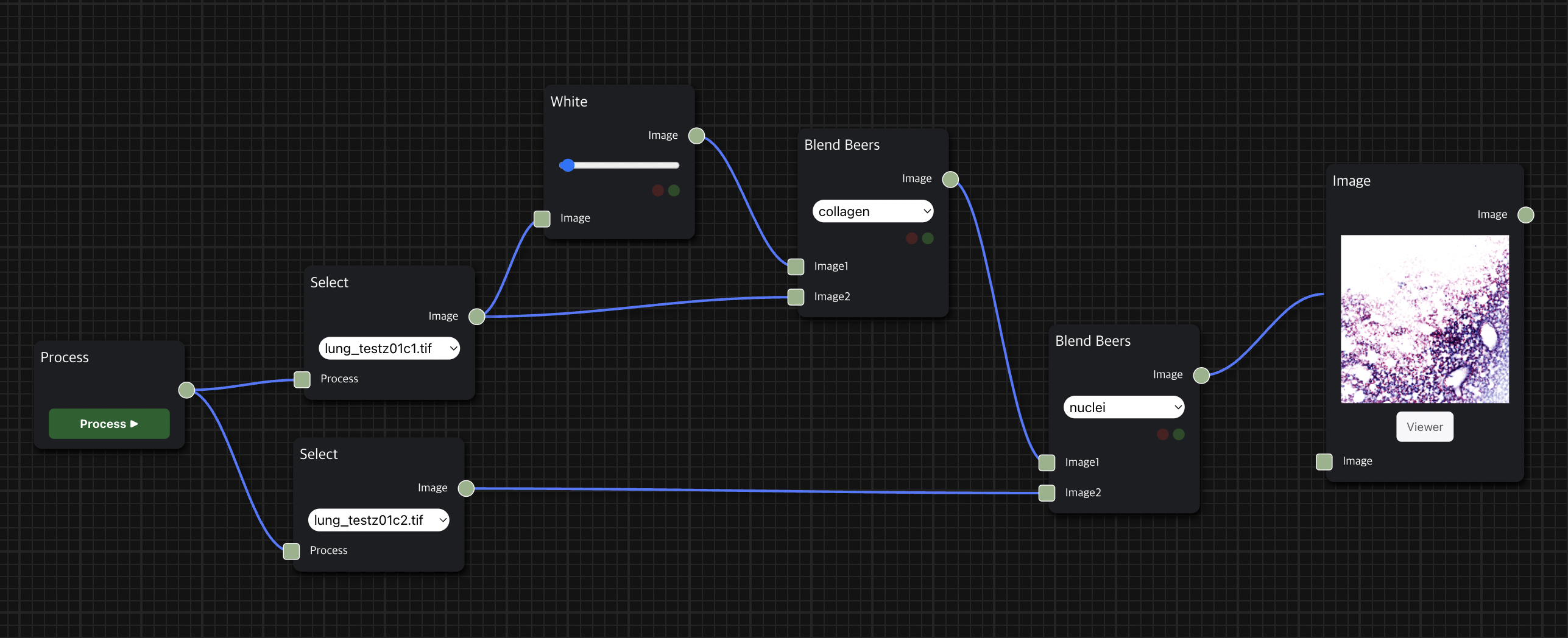
Though still in its prototype phase, the application’s outcomes are promising. The holistic design encapsulates the envisioned functionalities effectively. The introduction of such an application not only streamlines the AI modeling process but also has the potential to redefine how individuals, especially those without coding expertise, interact with AI modeling tools.
Miscellaneous
This project is a prototype product of my internship at High-Performance Visual Computing Lab (HVCL) of Korea University’s School of Information, and the program is proprietary to Vience